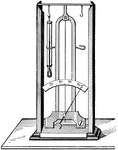Clipart tagged: ‘meteorology’
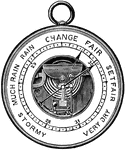
Aneroid Barometer
"This is an instrument shaped something like a small clock, and the barometric pressure is read by means…

Rain Gauge
An instrument used to measure the quantity of a rain which falls at a given place. They are which falls…

Mathematical Climate Zones
These zones, which are separated by the parallels of latitude, are generally termed the astronomical…

Abbe's Marine Nephoscope Horizontal Compass Projection
Abbe's Marine Nephoscope for observing direction and motion of a cloud. The horizontal mirror reflects…
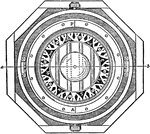
Abbe's Marine Nephoscope Horizontal Mirror Projection
Abbe's Marine Nephoscope for observing direction and motion of a cloud using a compass. The compass…
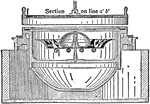
Abbe's Marine Nephoscope Inside View
The inside view of Abbe's Marine Nephoscope used to measure the cloud's direction and velocity on a…

Marvin's Nephoscope
Marvin's Nephoscope to measure direction and velocity of the cloud. This nephoscope is used on land,…

Secondary
"In meteorology, a subsidiary cyclonic circulation, generally on the border of a primary cyclone accompanied…
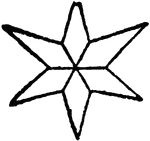
Snow Crystals
"Snow is water solidified in stellate crystals, variously modified, and floating in the atmosphere.…
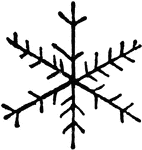
Snow Crystals
"Snow is water solidified in stellate crystals, variously modified, and floating in the atmosphere.…
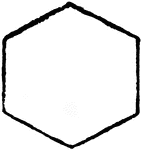
Snow Crystals
"Snow is water solidified in stellate crystals, variously modified, and floating in the atmosphere.…
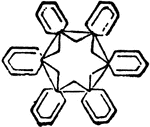
Snow Crystals
"Snow is water solidified in stellate crystals, variously modified, and floating in the atmosphere.…
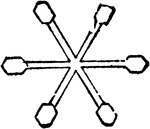
Snow Crystals
"Snow is water solidified in stellate crystals, variously modified, and floating in the atmosphere.…

Snow Crystals
"Snow is water solidified in stellate crystals, variously modified, and floating in the atmosphere.…

Snow Crystals
"Snow is water solidified in stellate crystals, variously modified, and floating in the atmosphere.…
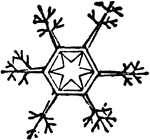
Snow Crystals
"Snow is water solidified in stellate crystals, variously modified, and floating in the atmosphere.…
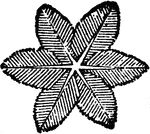
Snow Crystals
"Snow is water solidified in stellate crystals, variously modified, and floating in the atmosphere.…
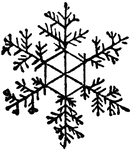
Snow Crystals
"Snow is water solidified in stellate crystals, variously modified, and floating in the atmosphere.…
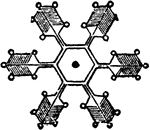
Snow Crystals
"Snow is water solidified in stellate crystals, variously modified, and floating in the atmosphere.…
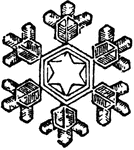
Snow Crystals
"Snow is water solidified in stellate crystals, variously modified, and floating in the atmosphere.…
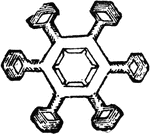
Snow Crystals
"Snow is water solidified in stellate crystals, variously modified, and floating in the atmosphere.…

Line squall
"The warmer current ascends, as indicated by the small arrows, and curls at the black wreath (u) of…
